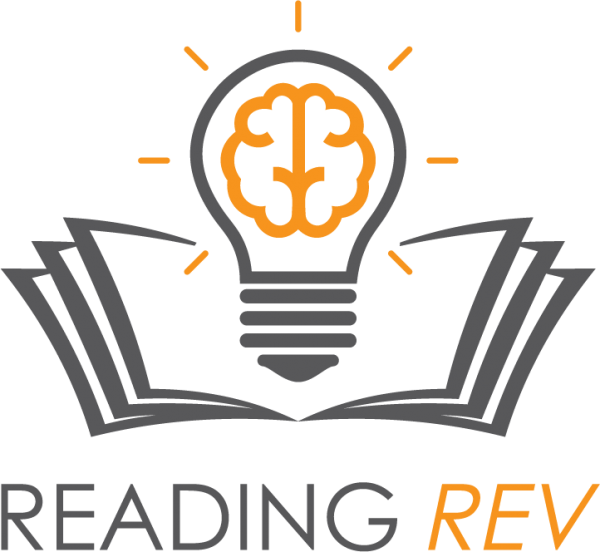6 Week Fluency Intervention Plan for Intermediate Students
FLUENCY MATTERS!
Fluency is the bridge between phonics and comprehension. If you have students laboriously decoding word-by-word, their comprehension will break down. The first step is to ensure that they are phonetically secure and have been taught research-based way to decode. If not, you must go back to this step! There is no fluency intervention that will help students be able to decode words.
If your students have been taught phonics at the sound-word level and are accurate, but just slow, then this intervention plan might be for you!
The National Center on Improving Literacy recently published a report and Toolbox called Fluency with Text. I highly recommend digging deep into this incredible resource! Here are the key take-aways.
There are 4 Steps to Building Fluency with Text:
1- repeated readings
2- goal setting
3- corrective feedback
4- graphing
This 6-week intervention cycle includes all four steps.
Another helpful resource when organizing this intervention plan is Matt Burn’s Partner Reading and Paragraph Shrinking. You can do this intervention format with an entire class or in an intervention group.
Getting Started with Goal Setting
Ensure that your students are 90-94% accurate at the chosen passages. They should have been taught the phonetic patterns and most of the irregular words in the passage.
Next, explain to students that fluency, like other skills, can be taught, practiced, and improved! Build motivation by explaining that they will get to learn about some fun and interesting topics in the next 6 weeks while improving their fluency and make reading a little easier. Begin with Goal Setting. Show students where they are and where you hope to be at the end of 6 weeks.
Use this Fluency Norms Chart (Hasbrouck, Tindal 2017) to set Oral Reading Fluency goals. You can then use this Average Weekly Improvement Guide to set growth goals. Notice that weekly growth expectations are fairly gradual. Set rigorous, yet realistic goals that students can actually attain.
Weekly Plan:
Day 1: Focus- accuracy and meaning
Engagement activity to build interest and motivation
Cold Read (1 minute unrehearsed read, collect accuracy and correct words per minute to graph)
Model Read (read passage aloud modeling accurate, fluent reading)
Echo or Choral Read (read together with student to build accuracy and cadence)
Day 2: Focus- pace and meaning
Engagement activity to build interest
Choral Reading with teacher or group
Individual Reading (if possible) or Partner Reading with Corrective Feedback
Day 3: Focus- Phrasing and Punctuation
Engagement activity to sustain interest and engagement
Choral Read (read together with students)
Partner Reading with Corrective Feedback
Day 4: Focus- Prosody and Expression
Engagement activity to sustain interest and engagement
Partner Reading with Corrective Feedback
Paragraph Shrinking / Gist Summary (model and teach first, then scaffold to partner work, and finally, independent completion)
Day 5: Focus- Celebrate Growth
Final engagement activity done independently so you can access students
Hot Read (1 minute final read, collect accuracy and correct words per minute and graph)
Revisit goals and graph progress with students. Celebrate both accuracy and fluency improvement!
If little to no growth is seen after the first two weeks, adjust your instruction! Ensure accuracy! Go back to word, phrase, sentence level fluency. Try a lower-level text. Begin the process again and monitor progress and adjust instruction weekly!
Most importantly, fluency intervention can and should feel fun! If it’s drudgery or punitive, students will most likely not improve! This Reading Rev 6 Week Intervention Unit brings repeated reading to life. Students will build background knowledge while gaining much needed fluency and prosody. The entire 6 week plan is easy to implement in just 15-20 day. Each passage comes in 2 Lexile Levels. You can find it in the Reading Rev VIP Site or here.
If you need additional support for intermediate fluency, check out our previous Rethinking Fluency Blog.
Set 2 is now available. That’s 12 weeks of research-based fluency intervention!
Find in Reading Rev VIP Site!









